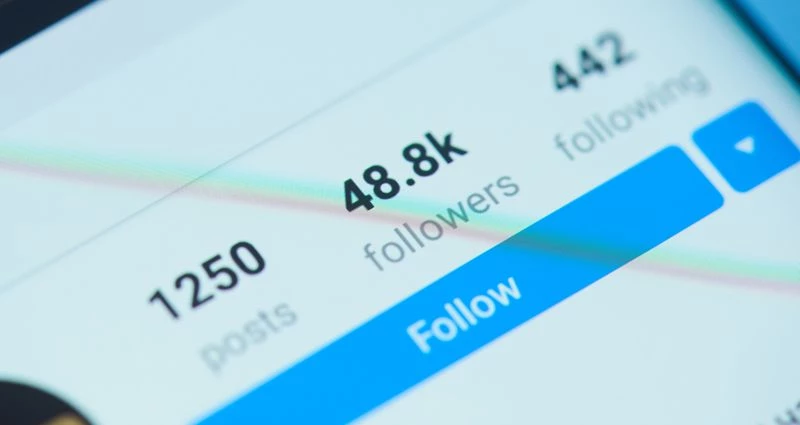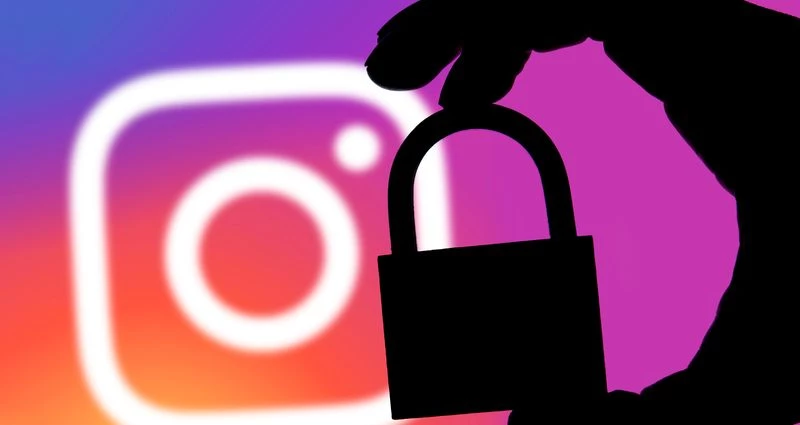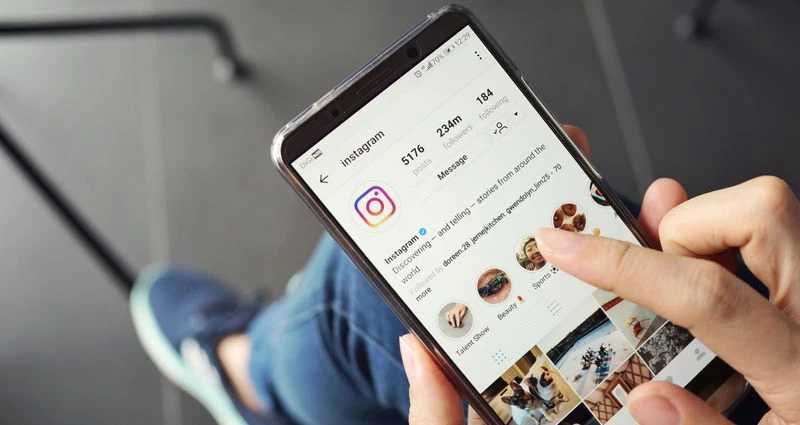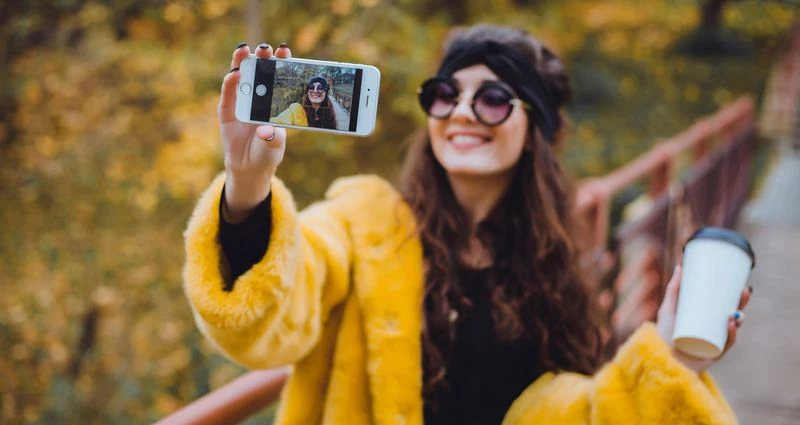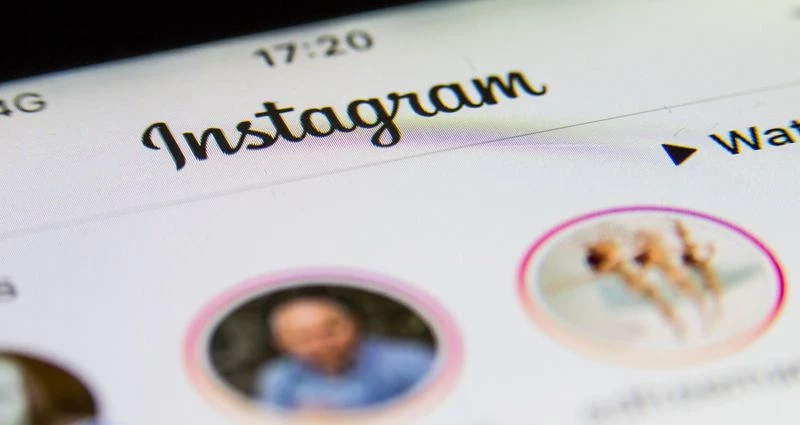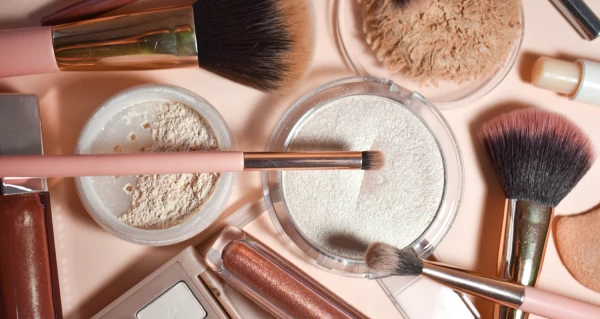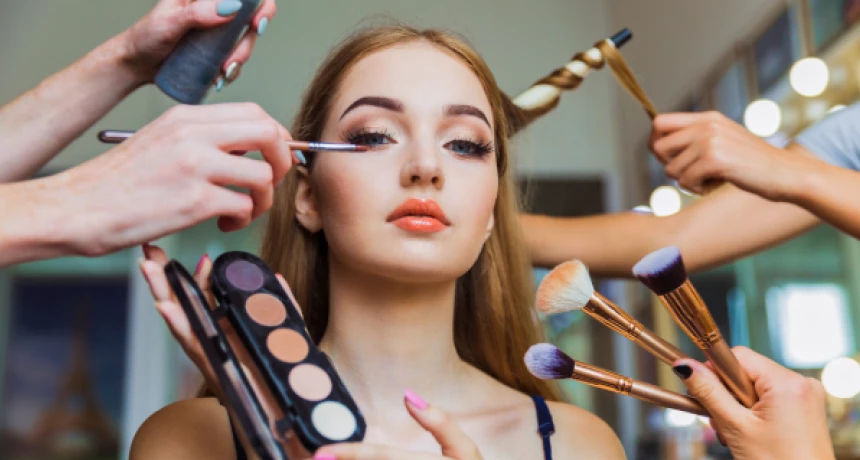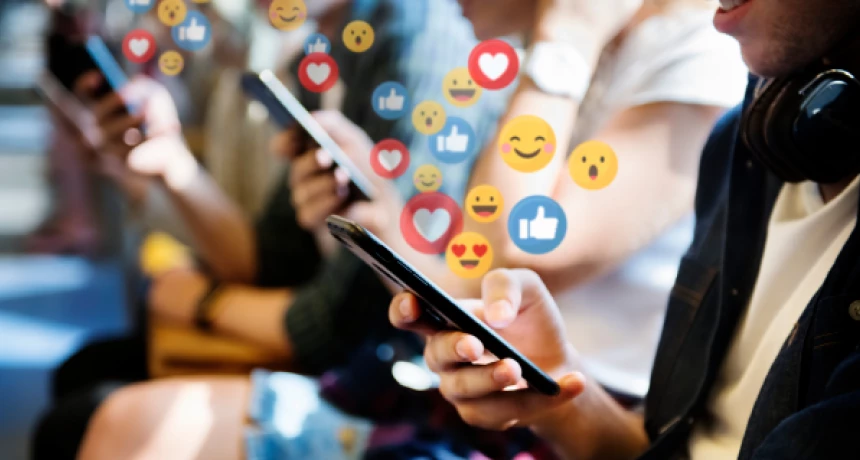Here’s the updated text with the year 2025 included:
When evaluating the value of collaborating with a social media influencer in 2025, it’s crucial to look beyond follower count alone. While an influencer’s follower count can provide an idea of their online reach, it’s not the only measure of their impact or authenticity.
Influencer marketing remains a highly effective strategy in 2025, with businesses and influencers eager to harness its potential. However, the growing popularity of this approach has also led to the rise of fake online followings, as some individuals exploit inflated numbers to gain partnerships and credibility.
Instagram, one of the most prominent social media platforms, is particularly affected by this issue. Studies estimate that between 5% and 15% of an Instagram account's followers may be fake, with the platform hosting approximately 95 million fake accounts. With a user base of about 1 billion, this means roughly 10% of Instagram accounts are bots or spam. This prevalence of fake followers not only misrepresents reach but also distorts engagement metrics, leading to misleading perceptions of an account's influence.
High-profile celebrities are not immune to this phenomenon, with some seeing a significant proportion of their followers estimated to be fake. For example, Katy Perry, Kourtney Kardashian, Khloe Kardashian, Chris Brown, and Miley Cyrus are among those whose fake follower rates exceed 28%. These inflated numbers create challenges for businesses and brands seeking genuine engagement through influencer marketing.
In light of these realities, understanding the rise of fake Instagram followers and their impact on metrics is essential in 2025. By taking a more holistic approach to evaluating influencer partnerships, businesses can ensure their marketing efforts remain authentic and effective.
Source: Sortlist
Where Do Fake Instagram Followers Come From?
The nature of the internet means things cannot always be taken at face value. Recent cases of Instagram hacking - which involves maliciously taking over a person's Instagram account - stand testament to that. Social media followers are another prime example of this, as the number of followers you have can have a significant impact on the perceived influence of your account.
As a result, some people will focus their efforts on buying followers in order to maximise their account’s earning potential. This following might in part be composed of real people, but they usually consist of fake accounts that have been created by so-called bots.
The problems posed by fake followers are significant enough for Instagram to have cracked down on these accounts back in 2017. This decision led to the closure of Instagress, a paid service which enabled users to expand their number of followers through automatically liking and commenting on photos.
The benefits of doing so seem clear; by minimising the number of fake accounts active on the platform, influencers and brands alike can shift the focus away from sheer numbers and instead opt for a following characterised by its authenticity and level of engagement.
How to Spot Fake Instagram Followers
Although fake Instagram followers might not always display the same warning signs, there are a number of signs to look out for when attempting to establish whether or not an account is fake. These include:
A significantly unbalanced ratio between the number of followers and the number of accounts followed. If the number of accounts they follow vastly outweighs their own followers, it’s likely the profile isn’t genuine.
Very limited profile information.
The account has little to no posts of their own.
An unusually low or high engagement rate.
Generic comments and posts. The account has little to no posts of their own. An unusually low or high engagement rate. Generic comments and posts.
The above list is by no means exhaustive, and an account that displays the above characteristics may not always be fake. Having said that, brands looking to create successful influencer marketing campaigns will need to focus all their efforts on collaborating with an influencer with a genuine online reach.
The above list is by no means exhaustive, and an account that displays the above characteristics may not always be fake. Having said that, brands looking to create successful influencer marketing campaigns will need to focus all their efforts on collaborating with an influencer with a genuine online reach.
The Value of Genuine Followers
The growing role of influencers in the world of digital marketing is largely dependent on their ability to provide engagement with a given campaign. For this reason, assessing an account’s engagement rate often helps digital marketers to better understand the potential reach of a given influencer.
In order for a brand campaign to be successful, the influencer’s followers won’t just need to see the campaign, they should ideally also be inspired to engage with it. At the end of the day, engagement will play a crucial role in determining the campaign’s success, as brands will be eager to connect with an audience that shows a genuine interest in their products or services.
This is not to say that other considerations aren’t also important – the size, interests and demographic of an influencer’s audience, as well as the objectives of the campaign, will all play a role in determining whether or not a potential collaboration would be beneficial to both parties. For that reason, the decision to collaborate will often be made with a combination of factors in mind.
The Way Forward
With social media platforms such as Instagram attempting to address the issue of fake followers, brands of all shapes and sizes are likely to benefit from the result. Instagram itself famously removed millions of fake accounts back in 2014, with other platforms such as Facebook and Twitter following suit.
At the beginning of 2018, Instagram announced it would make several changes to its Application Program Interface (API), a system which determines the way in which apps interact with the platform. These changes are expected to go a long way in tackling fake followers. Amongst other things, the updates will prevent fake influencers from automatically following accounts and liking/commenting on posts.
With the fight against fake followers gaining more and more momentum, the power of genuine influencers looks set to further take hold of the digital marketing landscape in the years to come.
If you’d like to tap into the power of influencers for your brand marketing campaign, contact Influencer Matchmaker today via email at contact@influencermatchmaker.co.uk. Alternatively, call a member of our dedicated team on 0203 9580 427.

